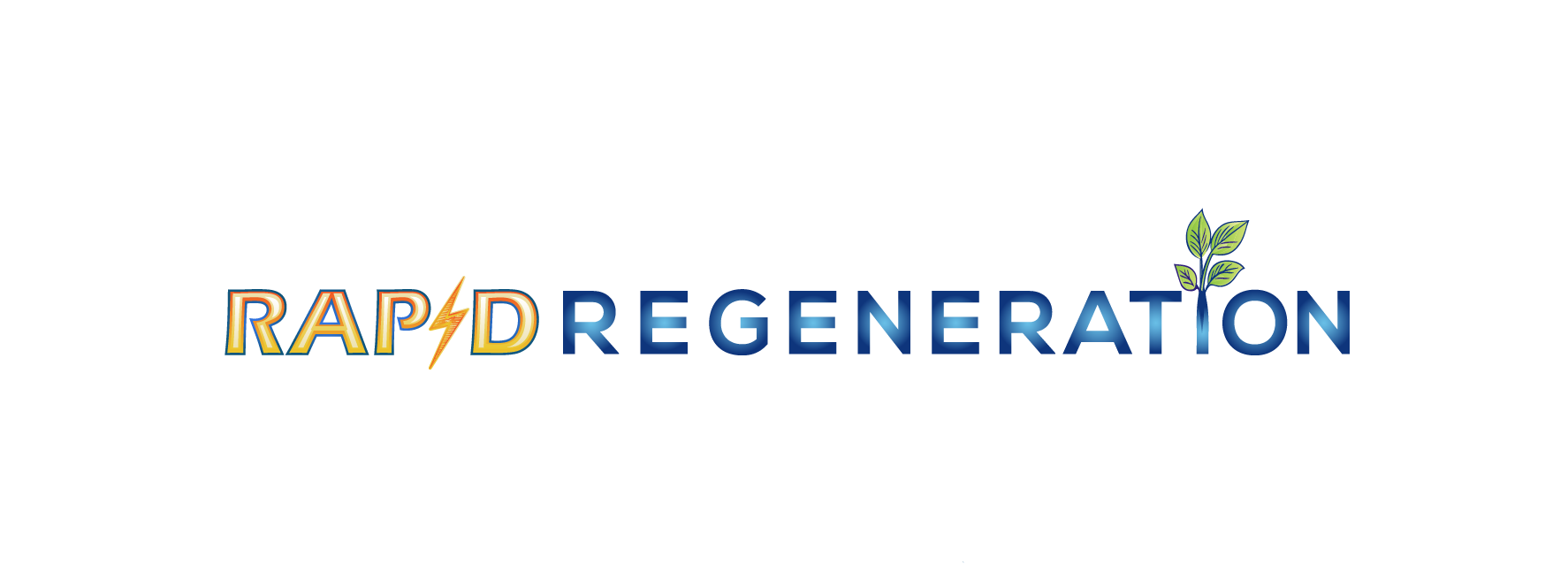In the scope of the information that I will cover here with Rapid Regeneration, to figure out how to get yourself healthy and well, is:
— What are the optimal foods to eat?
— When and how to eat the different food types and different macro-nutrients (carbs, fats, proteins, etc.)?
— How does the body respond to different foods or how it is affected by different foods?
— Why and how are certain foods beneficial to the body encouraging cleansing and regeneration?
— Why and how are certain foods harmful to the body causing over-acidity, inflammation, degeneration of tissue, and other problems?
In order to understand these topics and effectively answer these questions, one must first understand how a body processes food in the first place.
Like a garbage chute almost, we throw stuff down our esophaguses all day long and say good luck to it, sending it off to be processed by the body. But what is this process really? What is the body actually doing with that? And does your body appreciate you for the gift, or resent you for the burden? The short answer is — it depends on the food type.
So let’s take a look into this process, to gain a higher awareness of what happens when you consume food. The greater awareness you have, the more power will rest at your fingertips to reach your health and wellness goals.
These are the main processes that occur when food is consumed:
- The food first gets digested AKA broken down
- The nutrients from the broken down food then need to be soaked up via the intestinal system
- The absorbed nutrients then need to be used AKA fed to the cells to be used for energy
- The wastes from all these processes finally need to be removed from the body
Foods get digested by the mouth, stomach, pancreas, liver, and intestines. The type of digestion depends on the food consumed. For example, if protein is consumed, whether it is cooked meat or a handful of nuts, this is a more acidic digestive process involving the stomach releasing hydrochloric acid and creating pepsin. Then, the resulting material is digested with assistance by the liver, pancreas and small intestines in a complex digestive process.
For carbohydrate foods, they get digested by the mouth, in the small intestine and by the pancreas. For fats, they get digested partially by the stomach, but also with great assistance from the liver, which combines the fats with bile salts, and then the pancreas and small intestines work to hydrolyze the fats and break them down into fatty acids and monoglycerides.
After the food gets digested it then needs to be soaked up by the intestines. The intestines have small little pores lining the inside of the intestinal wall, and these pores absorb the nutrients. After passing through the small intestines, the ‘used-up’ remaining matter goes through the large intestines to be removed from the body, while at the same time additional nutrients are still being absorbed through the wall of the large intestines.
After the nutritional elements gets absorbed, the body must then be able to use the energetic compounds — after all, this is the ultimate purpose of food. This involves many different systems, organs, and functions of the body. Much of the food materials are processed additionally by the liver. The circulatory system and the blood also transport the nutrition throughout the body. The glands of the body create hormones and steroids to help balance this process of utilizing energy. The thyroid / parathyroid assists with utilization of calcium so the nutrients can be critically transported across cell membrane walls. We need to get the food from the farmer to the store to your house to inside your body — but ultimately these nutrients must pass through the membrane of that cell to feed and energize it.
Finally, the body must get rid of what it does not need or want.
Podcast: Play in new window | Download
